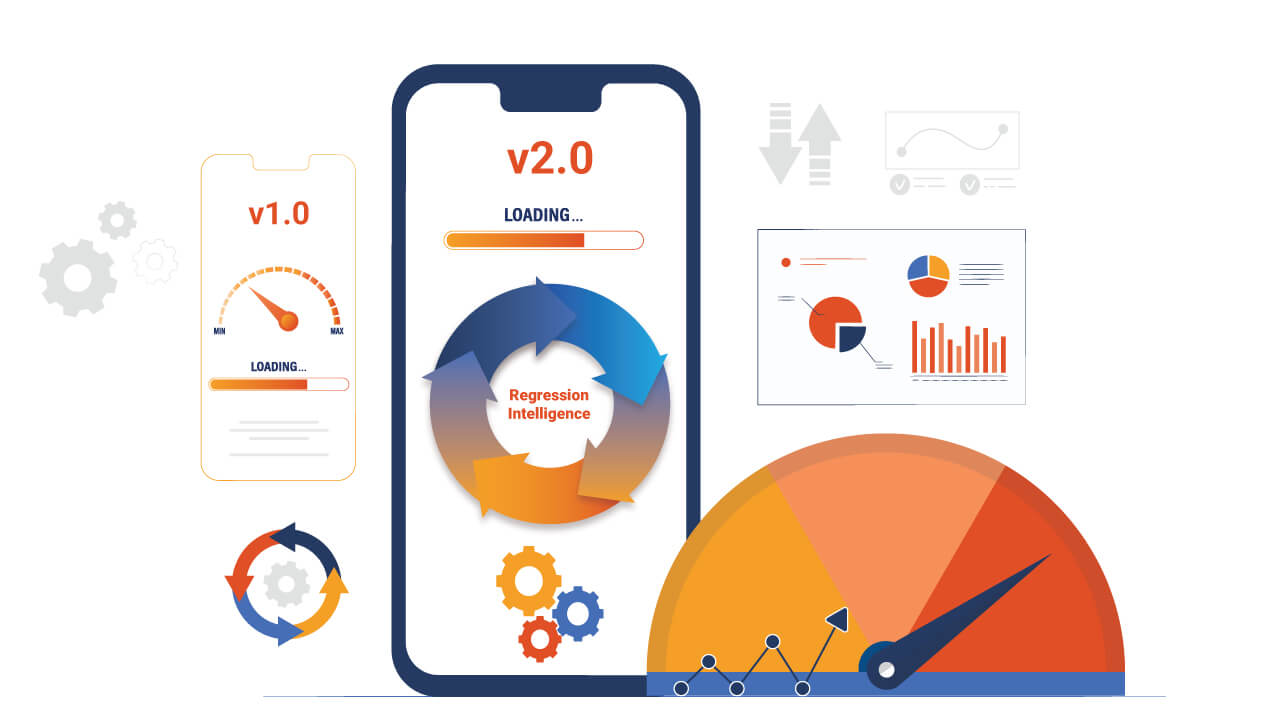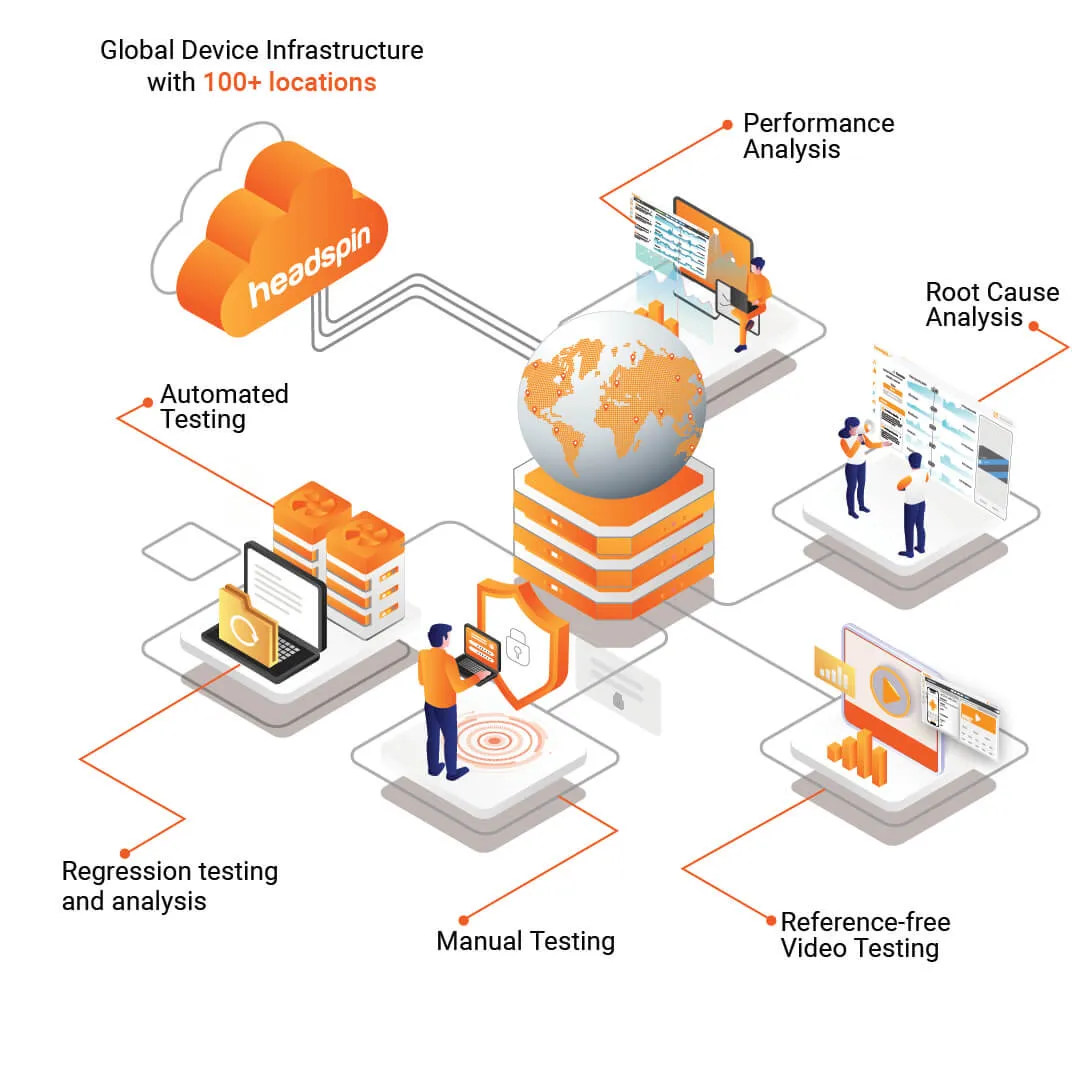Communication! It is the lifeblood of human society. The telecom industry ensures that our communications remain seamless, so when you need that extra one minute to close a deal, you don’t lose your network.
However, technological advancements have resulted in increased expectations among users. To ensure seamless service, the telecom industry needs to adapt. To do this, telcos are turning to AI and ML as their catalyst for change.
In fact, almost 90% of telecom companies were using AI in 2023, according to an Nvidia study. Of this total, 48% were piloting AI, and 41% were actively deploying it.
What aspects of AI are transforming the future of the telecom sector?
How AI is Revolutionizing Telecom
Network optimization
Modern AI solutions enable telecom professionals to optimize network performance in real-time. By analyzing live data and predicting future trends, these tools help engineers identify potential bottlenecks before they become issues. This approach minimizes downtime and ensures that network congestion is kept to a minimum, keeping your calls and data connections running seamlessly.
Service Innovation With GenAI
Chatbots have long been a part of customer service, but traditional models often lead to frustrating interactions. Generative AI enhances these systems by going beyond basic Q&A, recognizing negative sentiment, and intelligently escalating complex issues to the right support agent.
This ensures faster resolutions, reduces unnecessary escalations, and improves overall customer experience. Moreover, AI-driven chatbots can be integrated into phone interactions, further streamlining customer support.
Predictive Marketing
Beyond support, AI transforms customer engagement through automated, proactive outreach. It predicts customer needs and behaviors, enabling hyper-personalized marketing campaigns.
By analyzing factors like usage patterns, tariff plans, device lifecycles, and past service experiences, AI can generate targeted offers—whether it’s an upgrade, an incentive to retain service, or a personalized discount.
This approach enhances customer satisfaction and helps businesses reduce churn, increase revenue per user, and optimize subscriber acquisition costs.
Enhanced energy efficiency
AI-driven models intelligently manage Radio Access Network (RAN) energy consumption by dynamically allocating resources and deactivating unnecessary frequency bands. This proactive approach reduces energy waste while ensuring optimal network performance.
Predictive Network Traffic Management
By analyzing real-time network data, AI can forecast traffic fluctuations and anticipate peak usage times. This enables efficient resource allocation and traffic rerouting, preventing congestion and maintaining seamless connectivity.
Intelligent Network Planning and Design
AI supports every stage of cellular network development, from network mapping and radio frequency (RF) optimization to capacity planning. These capabilities empower architects to design more efficient and resilient networks.
AI-Powered Cybersecurity
AI-enhanced threat detection identifies anomalies in network traffic, defending against advanced cyber threats such as Distributed Denial-of-Service (DDoS) attacks, RAN jamming, and rogue base stations. This proactive monitoring strengthens network security and resilience.
Automated Fault Management and Anomaly Detection
AI models help network operators detect faults, malfunctions, and irregularities that could disrupt service. Once identified, the AI can refine its detection mechanisms to minimize future occurrences, enhancing network stability.
AI-Driven Root Cause Analysis
AI facilitates deep-dive diagnostics by analyzing virtualization layers to locate the root cause of issues. This targeted troubleshooting approach speeds up resolution times and improves network reliability.
The Road Ahead: Impact and Future Outlook
The transformative potential of AI and ML in the telecom industry is already evident. As companies harness these technologies:
- Operational Costs are being driven down by predictive maintenance and efficient workforce management.
- Network Reliability is enhanced through self-healing and real-time optimization.
- Customer Satisfaction is skyrocketing as chatbots and virtual assistants deliver hyper-personalized, seamless service.
- New Revenue Streams are emerging from innovative applications and data-driven insights.
Considering the impact of AI and ML, investing in AI-enabled solutions to remain competitive in a rapidly evolving market is vital.
Conclusion
The future of telecom is being written in code—and powered by AI and machine learning. From transforming customer service with digital assistants to enabling self-optimizing, self-healing networks, AI is set to redefine every facet of the telecom industry. However, the journey toward becoming an AI-native organization also requires a firm commitment to responsible practices, ensuring that technological advances are harnessed ethically and sustainably.
Telecom companies that invest in AI technologies today will reduce costs, boost operational efficiency, and open up opportunities for revenue growth and customer loyalty.
Connect now to find out more about how HeadSpin can help.
FAQs
Q1. How does AI enhance accessibility in telecom services?
Ans: AI-driven speech recognition, real-time transcription, and adaptive communication tools improve accessibility for individuals with disabilities, enabling better telecom services for all users.
Q2. What role does AI play in managing telecom supply chains?
Ans: AI optimizes supply chains by predicting equipment demand, identifying potential disruptions, and automating logistics, ensuring smooth procurement and deployment of telecom infrastructure.














































-1280X720-Final-2.jpg)






